How to Get a Headshot You Don’t Hate
Hey there, brilliant professional women. I’ve got a bone to pick for you.
In these days of webinars, online courses, and e-books, it's more important than ever to have visuals to support your message. Not only should a presentation, website, or course have great graphics, but there needs to be a face to go with those brilliant, innovative thoughts. And this, my fellow women, is where I am quite frustrated and disappointed with you.
When I worked in Corporate America, my job included promoting events featuring field experts. In preparation, I would ask the speakers or their assistants for a bio and headshot. The male speakers will quickly provide a paragraph or two of their experience and a clear, high-resolution professional headshot taken in the past two years.
Why Women Deserve Updated Professional Headshots
And the women? While they will provide their impressive bio, more often than not, my multiple requests for a headshot are often ignored. Or worse, some of these women with multiple degrees, published works, and impressive titles write back to me, a stranger, sharing self-deprecating comments about how they’re too ugly/fat/old for a headshot.
When I do actually receive an image, it's often low resolution, obviously years old, or a photo more appropriate for their Instagram or Facebook account. And you don't know how often women ask if I can instead use a logo, or provide me with a Memoji or cartoon drawing of them.
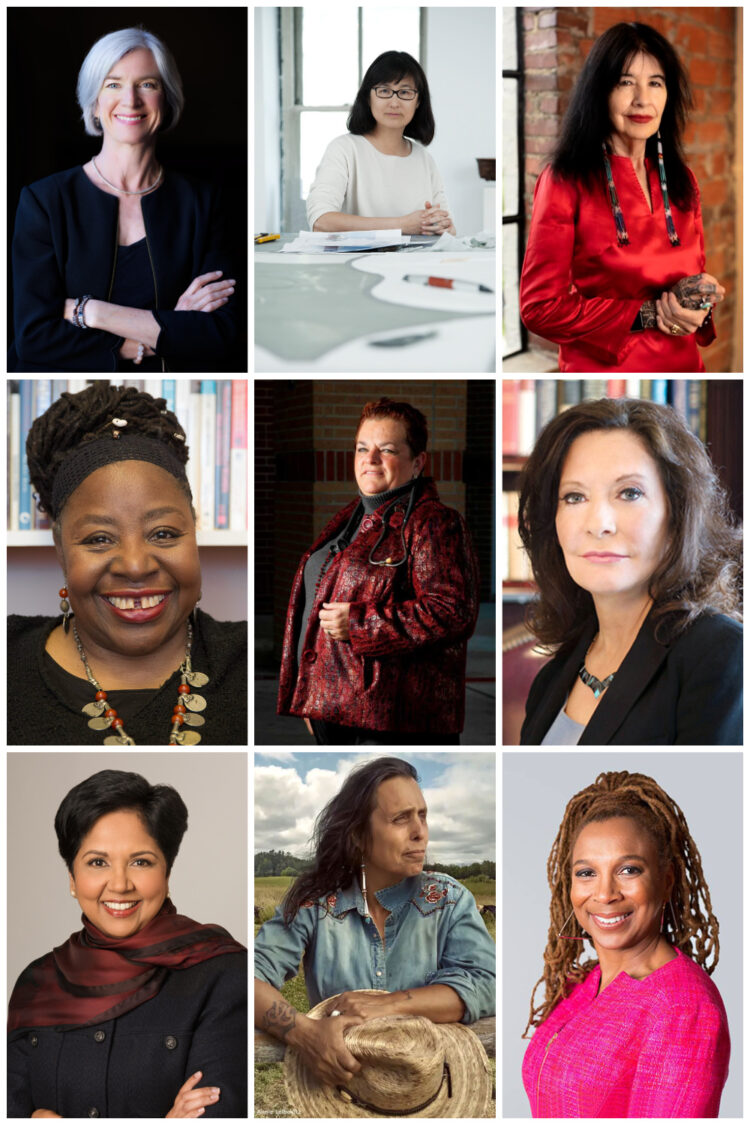
Top Row: Jennifer Doudna, Chemist | Maya Lin, Sculptor and Designer | Joy Harjo, Poet, Artist, and Educator
Middle Row: Loretta Ross, Academic and Activist | Nancy Dickey, Physician and First Woman President of the AMA | Linda G. Alvarado, Business Executive
Bottom Row: Indra Nooyi, Business Executive | Winona LaDuke, Economist and Environmentalist | Kimberlé Williams Crenshaw, Academic and Activist
You Deserve Recognition for Your Knowledge, Talent, and Skill
You went to school for all those years, are an expert in your field, manage dozens of individuals and important projects, invent life-changing technology or help create life-changing policy and you don’t want proper recognition because you don’t think you’re attractive enough?
I receive headshots of fat men, old men, scarred men, and plenty of men who are not conventionally attractive. But all of their headshots are amazing because they dress for the situation and pose for the camera, oozing confidence and pride in their work. They take those headshots not because they’re vain and love the camera but because they understand it’s part of the job and necessary to promote their work.
How Dare You Sacrifice Your Hard Work for Vanity!
How DARE you sacrifice all your hard work and purpose on this planet for a zit, double chin, or crow’s feet! How DARE you tell the world your vanity trumps your intelligence! You’ve worked damn hard to get where you are; you should stand proud, not hide behind a company logo or an unprofessional blurry photo from your sister’s wedding or your summer beach vacation.
I don't care if you see clothing as just a way to stay warm and not be arrested for indecent exposure and fashion to be frivolous. I completely respect your opinion. But when you hide from the world while your male counterparts are proudly visible, I can’t abide. You’re doing no favors to yourself, your company, or your fellow woman.
You are a Brand (Whether You Like it Or Not)
We're well into the 21st century, and in the era of LinkedIn, video and photo recaps from every professional event, and individuals using Google to research before engaging, every professional needs to see themselves as a brand. No decent businessperson would promote their brand with cobbled together mismatched logos, neglected websites, or defunct social platforms.
A professional headshot provides the ability to consistently brand yourself. From your LinkedIn profile to your bio on your company website, using the same headshot across the board creates consistency and a feeling of trust and professionalism.
Even authors and artists are now part of their brand and in need of updated professional headshots. Using dated headshots leaves you in the dust. You deserve to be respected and a headshot give you a leg up.
You're Better Than Your Old Self
Having a recent professional headshot is something you deserve. You're amazing and you deserve to have it recognized. And honestly? You're better now than you were then. You're more experienced and more educated. Sure, you may have more lines and more results from gravity and life, but how can you become an expert if you don't spend some time doing the work?
Your face is showing the length and breadth of your education, experience, and talent. Men know this and accept it. I know society is way harder on women for their appearance but it will never improve if we grown women don't lead the charge and lead by example.
You Deserve Quality
Your headshot will be used and reused often, found in Google searches, and will often be enlarged for marketing materials. It's important to have an image that is clear, high resolution, and well-lit as well as professional in style and environment. Something dated, grainy, or unprofessional is beneath you and discredits all your expertise.
Do an Internet search for professional portrait photographers or ask for recommendations from your peers. Investing in a quality headshot is not an act of vanity but a way to properly and professionally represent yourself and your work. Heck, an updated professional headshot is a form of self-care!
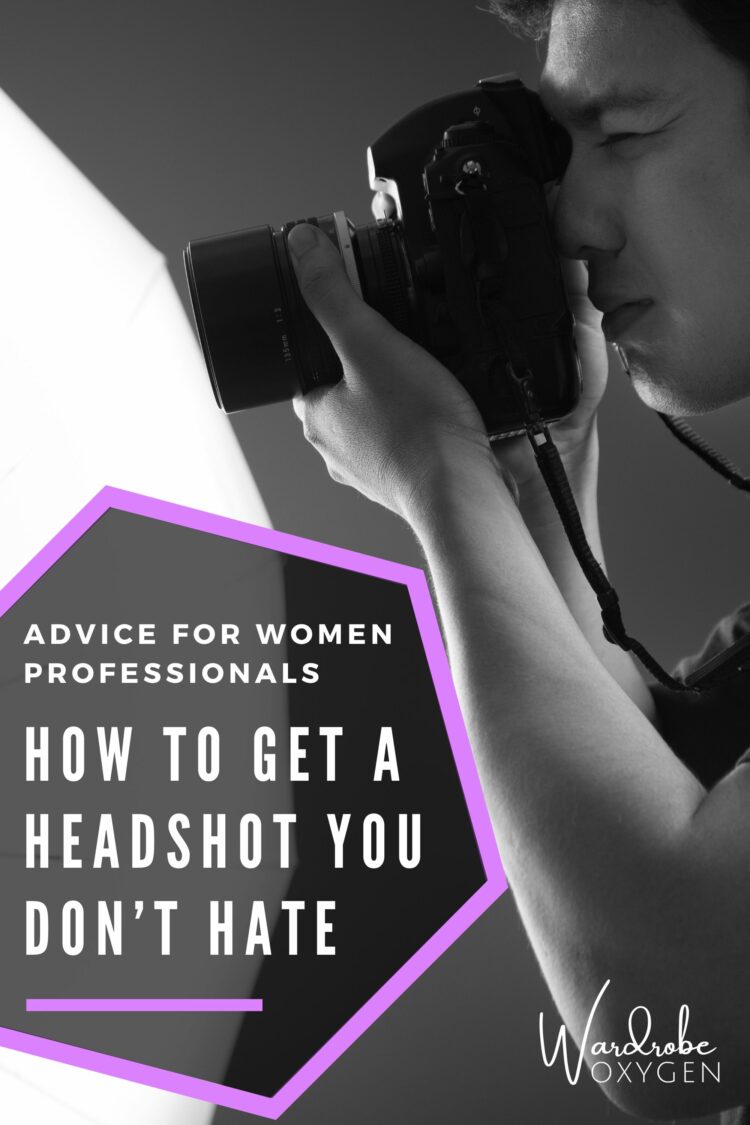
How to Get a Headshot You Won’t Hate
Dress the Part
Consider your field of expertise when choosing your outfit. For most professions, a well-fitting suit jacket in a subdued color and a blouse or button-front shirt in a favorite color is a smart choice. If you will be wearing a labcoat for your headshot, consider the neckline of your base layer so it doesn't compete, and consider a softer color as a camera may make the white too much of a contrast with primary colors or black.
If you’re in the creative field, you may wish to dress with more color and style; if you’re in a social field a blouse or dress may provide a more friendly and approachable vibe. No matter your profession, this is not the time for low necklines or sleeveless tops. However, headshots for those in creative fields offer an opportunity to express your field of work.
Solids are better than prints; they photograph better and date better. Color, especially with a professional headshot, helps express your personal brand. Jewel tones are universally appealing without being too loud for serious and professional settings.
Consider a darker color blazer with a blouse in a lighter or brighter color. If you're wearing just a top or dress, jewel tones, again, are a smart choice. Black is often a go-to, especially for those who believe it can make a body look smaller. However, a headshot is not the time for black (unless it's your signature or dress code). Color will make your headshot look more appealing and modern, and you will look more youthful.
Unlss it is your signature style, keep accessories simple; if you wear a necklace, your earrings should be small or choose not to wear any at all. If you have full hair, consider keeping jewelry small so your crowning glory can take center stage. Shiny metals don't always translate well with flash photography, and artsy jewelry may not look as polished in print. If in doubt, leave it out and keep your look simple.
Be You, Only Better
Normally, a tinted moisturizer and lip balm sort of gal? You may wish to step up your game with a touch of concealer and mascara because flash photography can wash out a complexion. There’s nothing wrong with visiting a makeup counter to get an up-to-date tutorial on natural-looking makeup (I highly recommend Bobbi Brown counters for their broad range of foundation colors and ability to give a truly natural yet polished look).
However, if you’re usually fresh faced your headshot is not the time for lipstick and false lashes; it’s better to stick to blotting papers and Chapstick than look like a stranger or feel you are in costume. Ensure your skin is well hydrated, and if you do grooming for brows or facial hair, have that done soon before the shoot.
Hair should be how you usually wear it. If you are one who always wears a topknot, a long braid over your shoulder, or a headband, you should wear it for your headshot. However, if you sometimes wear your hair down, you may wish to consider this for your professional headshot as it can balance your head and shoulders.
If you color your hair, have a current root touch-up. Bring a comb and any other styling tools and products with you in case your hair gets mussed on the way or when changing outfits.
Glasses should be worn in a headshot if you wear them on a daily basis; a quality photographer will know how to angle the lights and her camera to prevent glare. Just be sure they are very clean, and bring cleanser and a soft cloth to wipe away any smudges during the shoot.
Speak Your Mind
Let the photographer know what the photos are for. They will pose and photograph you differently if it’s for a book jacket versus a convention program versus an acting headshot versus a dating site. Explain your field of work; a senator should be posed differently from a social worker, who should be posed differently from a fiction book author.
Feel free to bring examples; print out or make an album on your phone of headshots of fellow women that appeal to you. Showing examples of poses, smiles, backgrounds, and lighting can help a photographer create a headshot you don't hate.
Again, consider your position and the culture of your field; if a man in your profession wouldn’t pose leaning against a wall or sitting on a floor photographed from above, you shouldn’t either. However, there’s nothing wrong with angling your body (sit perpendicular to the camera, then turn your face to the photographer) or your head (a slight tilt can be flattering without looking twee) to get the most flattering angle.
Express Yourself
Headshots have come a long way, baby. Use it as a way to express yourself. If you are an environmentalist, consider a headshot outdoors. A realtor can be standing in front of a property. A social worker or researcher for children may wish to have a background of a playground or preschool classroom. If you work in a studio, consider having your photography session there.
Thre is nothing wrong with having more than one headshot for different settings. For example, if you are a professor and an author and a public speaker and a researcher, you may want a headshot in a classroom setting where you're smiling, one in front of books or a university building where you look more serious, and one with a neutral classic backdrop with a serene face. This way, you have options depending on the formality of the situation that requires your professional headshot.
Be Proud
You’re being photographed because you are a talented person. You’ve worked hard; now, others want to recognize your hard work. Imagine a thread from your tailbone up your spine through the top of your head, holding you upright and tall. Shoulders back, then down so you don’t look hunched. Smile while thinking about your awesome accomplishments so your expression is genuine.

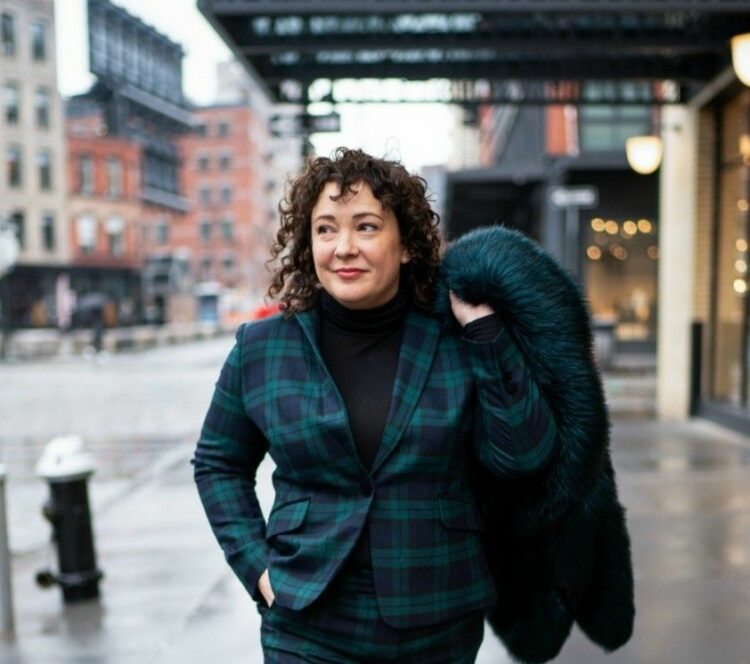
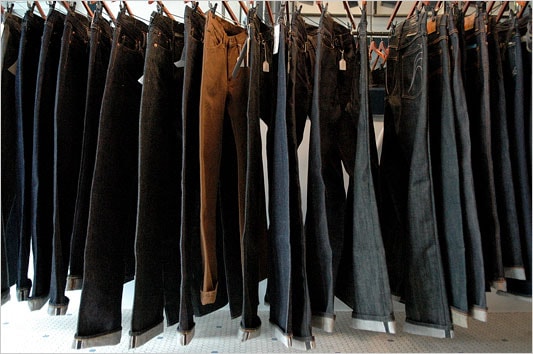
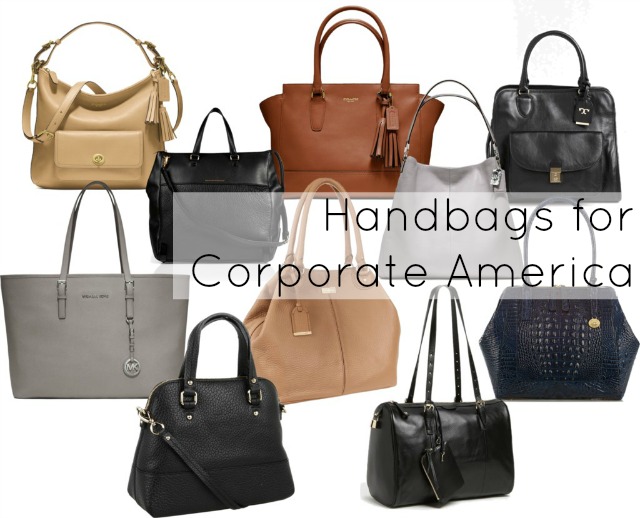
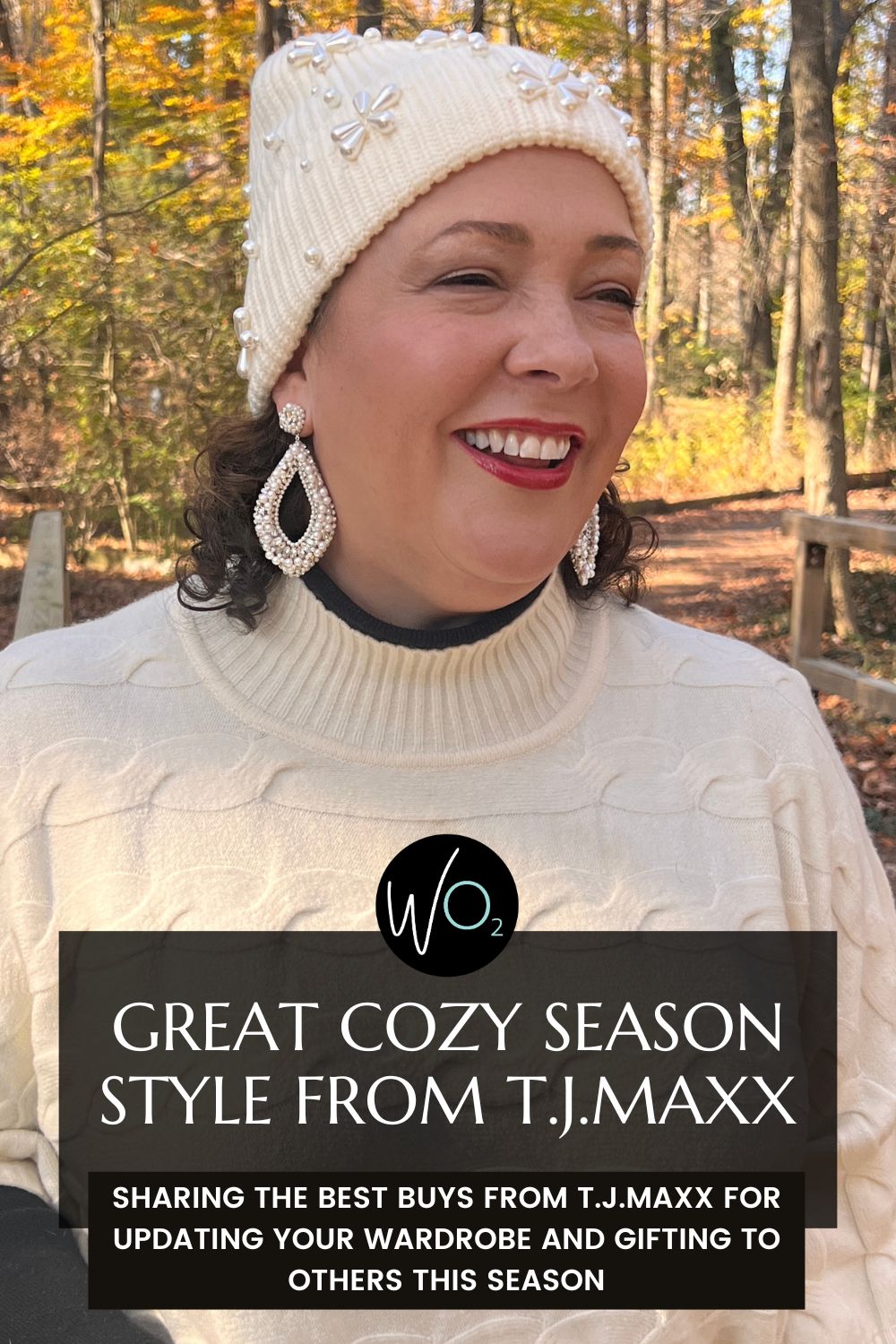
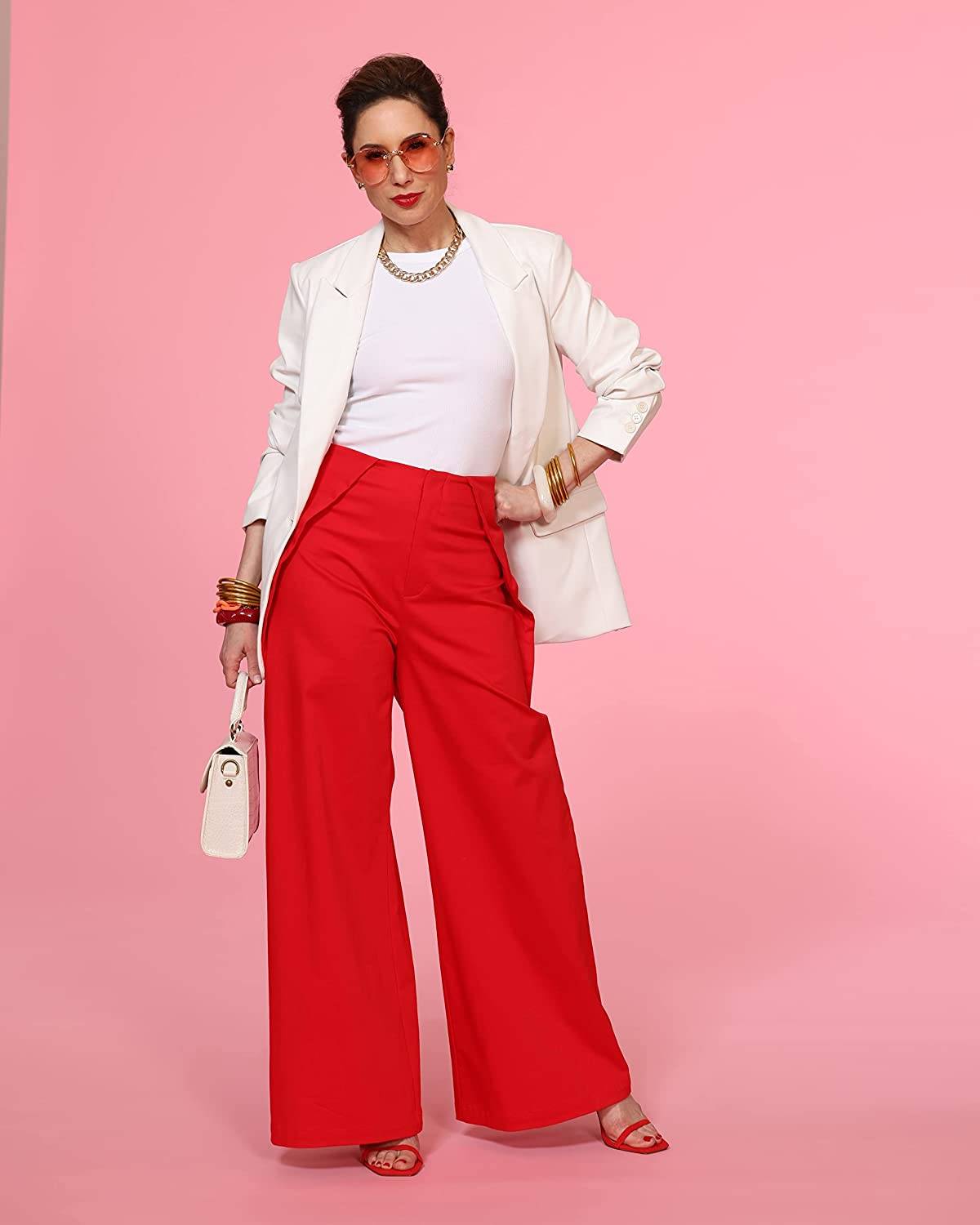
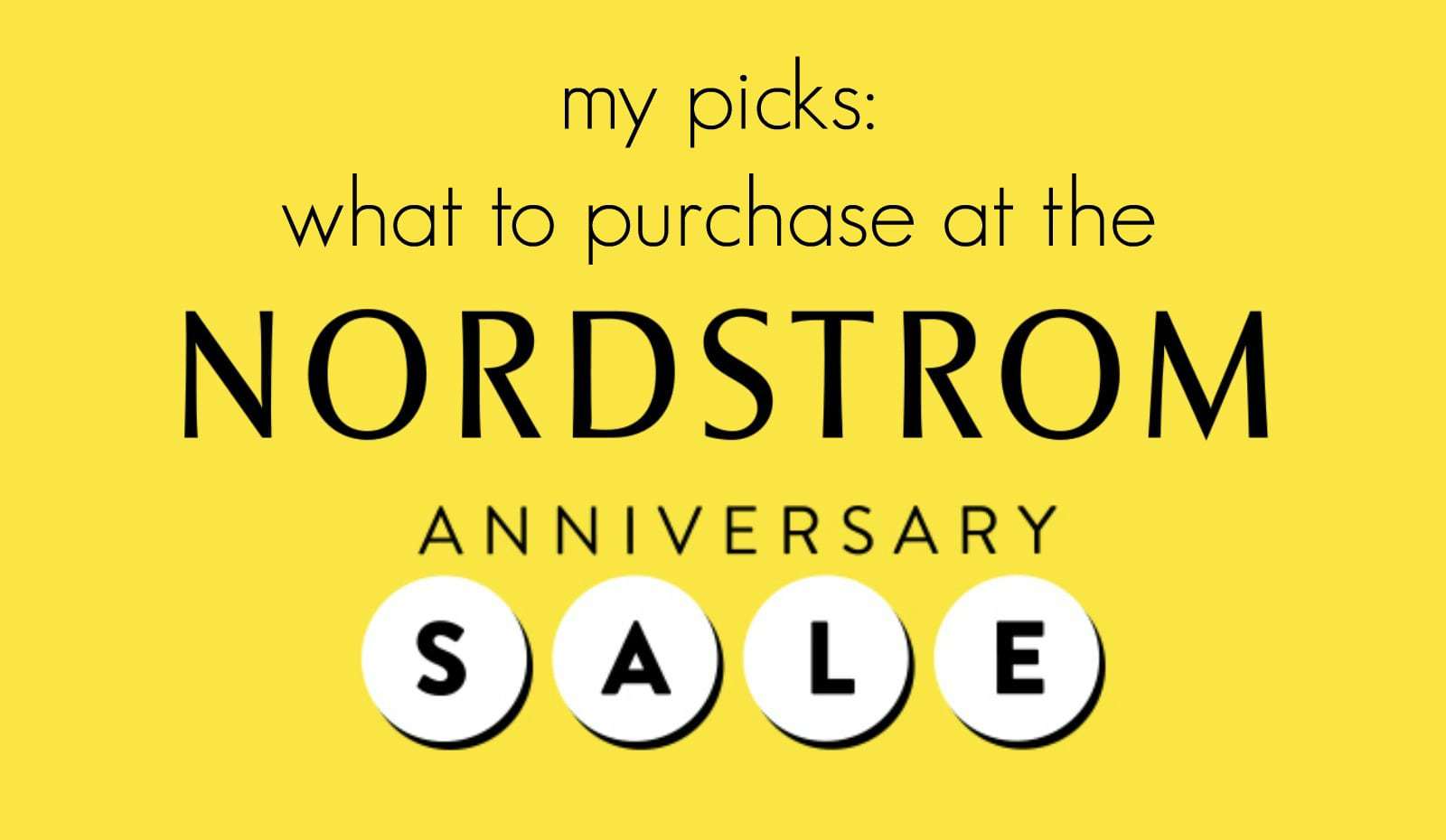
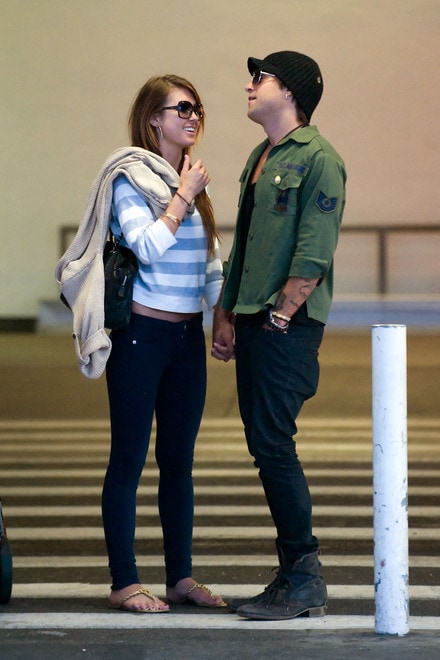
I loved this post! Finding the right outfit for a headshot can be such a challenge, but your tips on colors and styles were super helpful. I especially appreciated the advice on layering—it’s a great way to add personality without going overboard. Can’t wait to apply these ideas to my next photo session!
I found this so helpful, and just in time for my photo shoot next week. I have been guilty of that “just use my logo” mentality, and it was simply a form of fear, because once my face is out there, I’M out there. Thanks for the well-intentioned scolding!
Well said! We are totally visual creatures, and I don’t think this topic gets addressed enough for professional women. At work we had professional pictures taken since they’re necessary for promotional purposes. Also, it’s a cool record of yourself over the years. My husband and I should get photos taken and update our linked in profiles.
Thank you for this post! I’m finishing up grad school and entering the conference, publication cycle plus I really need to polish my LinkedIn profile but have put off getting a decent head shot. However, this week an industry magazine contacted me asking for an interview to highlight some of my recent work. They also want a head shot. A visit to a professional studio is out of my budget, but I took the rest of your advice. I combed my hair, put on more make-up than usual, put on a white button down with a necklace and pearl studs and bribed a friend with a decent camera. I’m really pleased with the results and feel one step closer to being a real professional.
This is so timely. Was just asked to provide a head shot for a profile in a publication of my professional organization. I was going back and forth between asking someone to take a photo of me with their phone outside one day and maybe finding a semi-recent social photo. I read your post though and got myself down to the local portrait studio for a head shot. Thank you for this post!
Allie, may I link to this post on LinkedIn? Our firm just had a photo session, and I heard so many negative comments from the women as they were being done. It was just sad. Thanks!!
Sure, I’d be honored!
Thanks, Allie! I did not tag you, as I didn’t see any mention of your blog on your LinkedIn profile…but I did add an update to my profile with a link to your post.
It’s true, women are judged for not being glamorous in photographs and men are not. And that sucks. And I’m an amateur glamour model with a gratuitous blog and all my photos are taken by my husband, thereby almost by default making me an object of the male gaze, so hey, maybe I have no room to talk. But be that as it may, I can still tell you as an anthropologist and as a student of the scientific method that when you simply avoid the mores in your society that you don’t like, they don’t change. Professional women trying to avoid the unfair scrutiny of their society by simply not submitting a headshot does nothing to change society’s tendency toward being critical of women’s appearances.
This isn’t magic, it’s science: the brain gets accustomed to a certain set of visual phenomena that it deems “normal” or “not normal” based on frequency. Change the things that a person sees on a regular basis and the brain undergoes neuroplastic change — it redefines “normal.” Right now, people are accustomed to only seeing women depicted in photographs when they appear glamorousy. Bombard society with images of normal women who are not depicted particularly glamorously and people’s brains will acclimate; their expectations will change.
That’s my two cents. I’m not the best candidate to lead the charge at the moment, but I’m always willing to yell about science.
This was a great smack to the head. I have masterfully avoided having my photo taken, and now I’m a keynote speaker for a major event with nothing but fuzzy Facebook photos. This post was a hard jolt I needed to put on big girl pants, call a photographer, and get my photo taken.
Good point, but some of us have special issues. I have had a stalker since high school (I’m 50+ now), and the police have warned me to never have my picture on the internet. I am a professional (professor), but I have to be very careful about where my photo is placed. Needless to say, this causes all sorts of issues at conferences — so invisible is not always bad.
Oh I would never expect you to do so in such circumstances, safety first! I am so sorry you deal with such a terrible situation.
Allie,
I agree with you completely. A long time ago I received an Associate in Arts degree in commercial photography. It was an intense, 2 year, 30 hours a week course. We spend a long time on portraiture and portrait lighting and posing. Yes, that was before digital cameras but the principles of lighting and posing are the same. It does take a certain amount of training to produce a good portrait photographer.
Also, I have decades of experience in commercial printing so I am very familiar with which photos will reproduce well and which won’t.
My opinion from a photographer’s and a printer’s standpoint is that unless the person can provide a high quality, professional image to go with her bio, it’s better to not have one at all. A poor quality image next to a stellar bio unfortunately brings the bio down several notches.
Chris
This is a good reminder, Allie. I desperately need to get a better shot to put up on LinkedIn. We have lots of new people joining our company and they tend to look their new workmates up. A first impression of me with an odd hairdo is not the best…
It’s even a good reminder for me! My job has me behind the scenes, I make others look good, but I still have business profiles on the web that need to be updated! 🙂
I went through this with my husband recently. He’s working for a start-up and they were having an event, updated their web site and wanted head shots of all the principals. He wanted to send a photo he’d had up on facebook.
No, no, no! That photo of him in a golf shirt in front of bush is not what the marketing manager wanted. Luckily our church had a photographic directory made and one of the sweeteners for buying the photos was that they took photos of us individually. It’s amazing what good lighting and a little adjusting of the angle of the photograph can do. He has a distinctive facial feature that the professional photographer was able to minimize.
When you are trying to get people to buy your product and/or are touting yourself as an expert, with a correspondingly high rate of pay, you need to look legitimate. A good photograph makes a difference.
With great respect to Anon, I would argue that the world needs more visible evidence of real women — who are not models, who are not advertising things, who are not decorative. I would like to think that the more we have alternative images of women, the more likely people are to understand that commercialized images of women are unreal and not a basis for comparison. In the very specific instance of a conference, perhaps people can’t make it to a presenter’s session, but want to find her afterwards, so having a photo would be invaluable. But also, as a woman, I like seeing women older than me in the public eye. It reminds me that, at 43, I’m far from done with my professional life. I also think it’s good for younger people to see a diverse group of leaders to model themselves after.
How does receiving proper recognition depend on whether or not you provide a photo of yourself? And if it really does why should we want to support that kind of dynamic? Instead of ranting about women not wanting their picture out there, how about you show a bit of compassion and let them decide for themselves whether they want to provide a picture? Even though you put pictures of yourself out for the world to see every day that doesn’t make it necessary for everybody else to do so.
I attend seminars and conferences all the time, and the program will contain short bios of the presenters along with a picture. Without a bio and/or a picture, it’s almost like the presenter is not in the program, they’ve made themselves invisible. I think Ali is saying — DON’T BE INVISIBLE. Take ownership of who you are, be proud of it and your accomplishments. If someone is making themselves and their accomplishments invisible because they don’t like their appearance, THAT is the sad commentary, not that we all find appearance important.
I get what you are saying, but maybe we should focus on what people actually have to say (and hence ultimately remove the pictures from the programs) rather than focussing on whether or not they do have a picture up? And as someone who Allie would probably put in the “brilliant professional woman” category I can tell you that women are going to be judged on their appearance when they put a picture out, and I can guarantee you that all of the eight extremely smart and achieved women Allie mentions in her post will have received negative feedback on the pictures she gives as examples. If a woman is young and beautiful she’ll be seen as an object only there for men’s pleasure, if she is old and not conventionally beautiful, she’ll get flag for that. Trust me, I have been there. Despite a professional photo which is actually pretty good if I say so myself.
Even though you are brilliant, I would like to point out that the word “focusing” only has one “s.” Also, this sentence should read, “And as someone WHOM Allie would probably put in the…. Also, some missing commas.
And you’re still missing the whole point of Allie’s post.
Charlene
Thanks for pointing that out! English is my fourth language, so please forgive a couple of typos. Rest assured, anything I submit professionally will be proofread properly.
You might be right and I might be missing the point of the post – would you care to help me out and elaborate? That would be greatly appreciated.
I think a point to consider is that we “say things” by how we look, how we present ourselves, our tone of voice, our facial expressions, our handwriting, the fonts we choose… these are all part of what we have to say and I think we should make thoughtful choices about these types of things and improve them if possible.
For example, I’ve done speech and drama training to make sure my speaking voice is clear, easy to understand and presents my points well. No matter how brilliant someone’s content is, if it’s mumbled in a monotone people will struggle to pay attention.
You may not like it, but surely you can’t dispute that humans are quite visual creatures. We can chose ‘what we say’ by how we present ourselves i.e. doing a presentation I would like to look appropriate, professional, authoritative, interesting etc. This has nothing to do with my inate beauty (or lack thereof).
The point is to feel good about putting your face on your skills and accomplishments. Something with which you are clearly not in agreement, which is fine; however, it seems that Allie and most of the other commenters are.
You aren’t obliged to like everything you read on the internet, and you certainly need not waste your multi-lingual brilliance annonomously trolling. Good day.
How about the fact that she’s making the exact opposite point of what you think it is … that is, whatever you look like, put your face on it! Own it! Stop thinking about “how you look” and put your face on it!
So I’m a conference attendee. I’ve read your bio and I’d like to see if your firm could do some consulting for me. If your photo is 20 years old and you no longer look like that woman, and you aren’t dressed in attire similar to what you’ll look like at the conference, it’s harder for me to notice that you are right in front of me in line for coffee. A good photo is money in your pocket.
Exactly! It’s easier to find you and talk to you with a picture.
The point is that an accomplished professional –male or female –should have a professional picture. And the quality of that picture should be high, as it is the literal representation of the professional.
I just had my headshot redone, coincidentally. My husband is a great photographer and can make anyone look fantastic. My headshot was taken outdoors after work with only a touch up of lipstick. Though it’s not my best, it is simple and tasteful and without Photoshop or filters. Thanks for another terrific post, Allie.